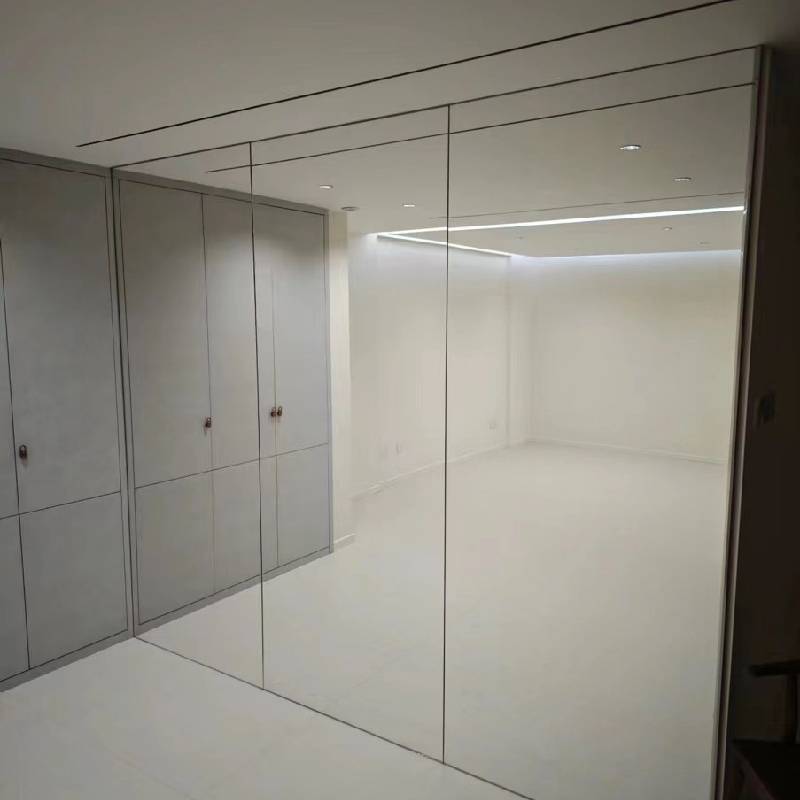

The Benefits of Low-E Glass Panels A Sustainable Choice for Modern Architecture
In recent years, the demand for energy-efficient building materials has surged, driven by environmental concerns and a desire for sustainable living. One innovative solution that has gained significant traction in the construction industry is Low-E (low emissivity) glass panels. These specialized glass products offer numerous advantages, making them an excellent choice for modern architectural designs.
The Benefits of Low-E Glass Panels A Sustainable Choice for Modern Architecture
One of the most significant benefits of using Low-E glass panels is their ability to enhance indoor comfort. As they effectively regulate temperatures, occupants can enjoy a more stable and pleasant environment. This is particularly important in areas with extreme temperature fluctuations, where traditional glass can result in uncomfortable drafts and uneven heating. With Low-E glass, spaces can maintain a consistent temperature, improving overall occupant satisfaction.

Moreover, Low-E glass panels offer superior UV protection, safeguarding interiors from harmful ultraviolet rays that can cause fading of furniture, carpets, and artwork. By blocking a significant percentage of UV radiation, Low-E glass helps preserve the aesthetic and longevity of interior spaces, making it a valuable asset for both residential and commercial applications.
From an aesthetic perspective, Low-E glass panels do not compromise the natural light that enters a building. They still allow ample daylight to filter through, creating bright and inviting spaces while keeping glare to a minimum. This is particularly beneficial in work environments where excessive glare can hinder productivity.
In addition to the architectural advantages, Low-E glass contributes to sustainability and environmental stewardship. By reducing energy consumption, it lowers greenhouse gas emissions associated with energy production. Many building codes and green certification programs recognize the use of Low-E glass as a step toward achieving energy efficiency and sustainability goals.
In conclusion, Low-E glass panels represent a significant advancement in building technology, offering a range of benefits that cater to the needs of modern architecture. From energy savings and enhanced comfort to aesthetic appeal and environmental impact, the advantages of incorporating Low-E glass into construction projects are clear. As the industry continues to evolve, embracing materials like Low-E glass will play a crucial role in shaping a sustainable future for our built environment.